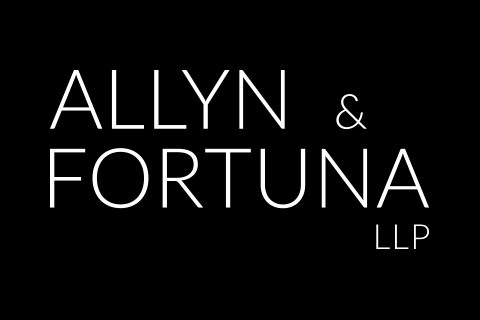New Credit Card Surcharge Provisions In Effect for New York State Businesses
By Andrea Hellman, April 16, 2024
In December 2023, Governor Kathy Hochul signed into law an update to New York State requirements regarding credit card surcharges in sales transactions. The law allows for credit card surcharges but regulates the way in which pricing can be communicated to consumers and limits the additional amounts businesses can charge consumers to pay by credit card rather than cash. The provision, General Business Law Section 518, became effective on February 11, 2024.
The new law provides a credit card surcharge notice requirement for “any seller in any sales transaction imposing a surcharge on a consumer who elects to use a credit card in lieu of payment by cash, check, or similar means.” The broad definition would include, among others, restaurants, retailers, health providers and spas/salons. Sellers charging a higher price to credit card consumers must clearly and conspicuously post the total price for a consumer to use a credit card including the surcharge and may not charge more than the posted price. The information must be provided to the consumer before checkout. The law does not prohibit a “two-tier pricing system” where the credit card price (including the surcharge) is posted next to the cash price.
Additionally, the law caps the surcharge a business can charge a consumer paying by credit card at the actual amount the business must pay to the credit card company for use of the card.
In a letter to New York State local government leaders, the New York State Division of Consumer Protection (“Division”) explained that New York consumers have complained on a widespread basis of retailers, restaurants and service providers imposing a surcharge at the point of sale once a consumer presented a credit card to make payment, with fees ranging from 3% to 5%. The Division distributed “Practical Guidance” to assist local governments in applying the new law, providing examples of both compliant and non-compliant practices.
The following examples were provided as compliant with the law: a business can clearly list both a credit card and cash price; a business can list the higher credit card price and advertise a cash discount (which may be expressed as a percentage); or the business can charge the same price regardless of whether payment is made with a credit card or by cash.
Conversely, the Division provided examples of non-compliant practices such as using signs or price tags advising consumers of an additional fee expressed as a percentage (e.g., “4% credit card processing fee”); building a cash discount into pricing and advising consumers that credit card users will forego this discount, with the adjusted price shown on the receipt; or adding a line item on the consumer’s receipt to reflect a convenience/service/processing, etc. fee for credit card purchasers.
The Division summed up its guidelines with the instruction that businesses can pass along the actual cost of credit card processing fees to consumers but must transparently display the highest total selling price (excluding sales tax) and has posted visual examples of compliant and non-compliant practices here.
Sellers violating the law are subject to a maximum civil penalty of $500 per violation. Enforcement of the law is to be carried out by municipal consumer affairs offices, town/city attorneys, or other lawful designee of city or local government.
New York businesses that charge different prices to cash and credit card consumers should ensure their signage and practices are compliant with the new requirements.
 Allyn & Fortuna LLP
Allyn & Fortuna LLP